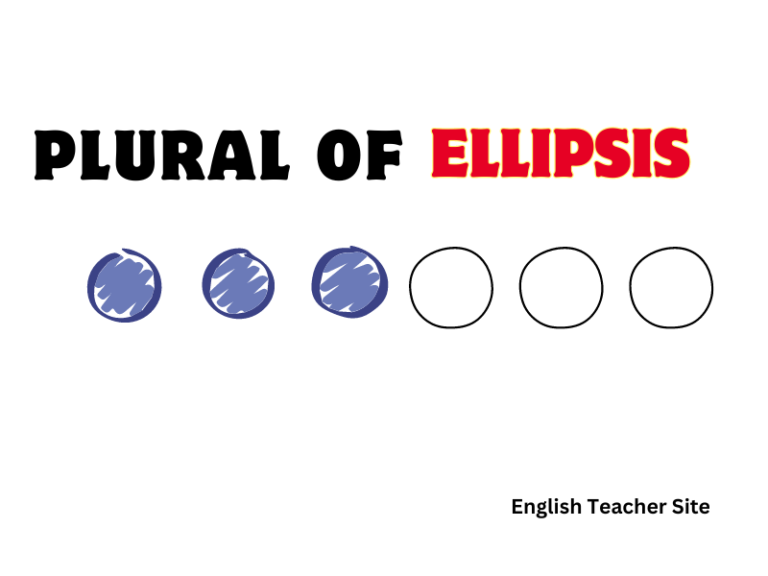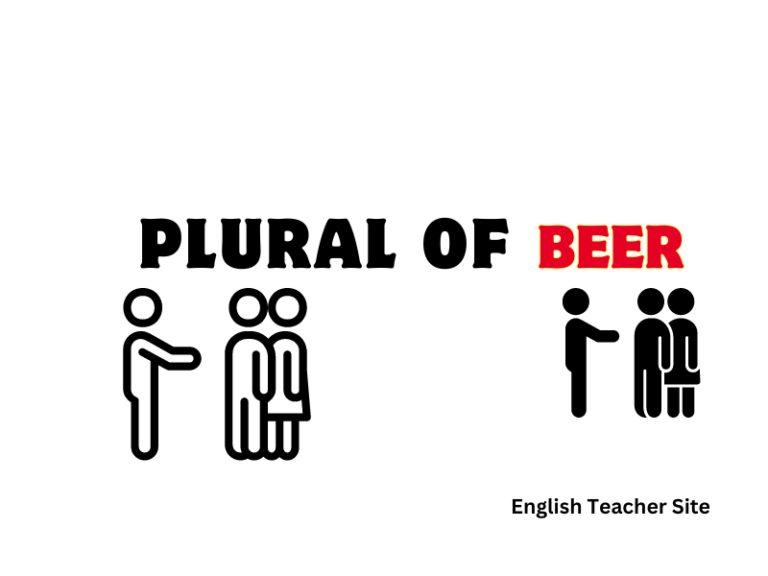What’s the Plural of Antenna: Understanding Singular and Plural Forms

- “Antennae” is used for the plural of sensory organs on insects, while “antennas” refers to multiple electronic devices for signals.
- The word “antenna” originates from Latin, which influences its irregular plural forms.
- In the context of American English, “antennas” is commonly accepted for referring to both biological appendages and technological instruments.
While the general rules for pluralization in English often involve adding an “s” or “es,” some words, particularly those borrowed from other languages, retain their original plural forms, and “antenna” is such an example. British English also occasionally uses “antennae” when referring to multiple sensory organs of insects, but it is more likely to use “antennas” for the technical devices. The word’s meaning and proper plural form depend on whether one is discussing biological features or technological equipment.
What Does the Word Antenna Mean?
When examining the word antenna, it is vital to distinguish its meanings within different contexts. At its core, the term originates from the Latin “antenna,” relating to sails of a ship, but its evolution has broadened its definition.
In the biological sense, antennas (or antennae when plural) serve as essential sensory appendages. They are usually utilized by a variety of arthropods such as insects, myriapods, and crustaceans.
Table 1: Biological Antennas
| Feature | Description |
|---|---|
| Function | Sensory perception |
| Mobility | Movable |
| Structure | Segmented |
| Count | Typically a pair |
In the realm of technology, antenna refers to a device for emitting and receiving radio waves. These devices have facilitated advancements in telecommunications by transmitting signals for radio, television, and other forms of wireless communication.
Table 2: Technological Antennas
| Feature | Description |
|---|---|
| Material | Usually metallic |
| Purpose | Sending and receiving electromagnetic signals |
| Use | For televisions, radios, and wireless devices |
To highlight the diversity of usage:
Biologically, antennas are:
- Spry appendages found on the heads of certain animals.
- Used for sensing the environment.
Technologically, antennas are:
- Fundamental components in broadcasting and receiving data.
- Often designed as rods or wires.
The pluralization of “antenna” varies with usage—antennas for multiple devices and antennae for the limbs of living creatures. Understanding the context is paramount when determining the correct form.
What’s the Plural of Antenna?
When discussing the term antenna, it’s crucial to understand that its plural can take two different forms depending on the context. The term originates from Latin, where antennae is traditionally the plural form used. However, in English, the pluralization of “antenna” diverges based on usage.
In the realm of biology, when referring to the appendages found on the heads of insects and other arthropods, the correct plural is:
- Antennae
This is in line with the term’s Latin roots and is used to describe the paired sensory organs that are segmented and usually quite flexible.
| Context | Singular | Plural |
|---|---|---|
| Biology | Antenna | Antennae |
However, when discussing the technology for sending and receiving electromagnetic waves, such as the devices found in radios or televisions, the plural becomes:
- Antennas
This adheres to the standard rules for forming plurals in English and is widely accepted in both American and British English when referring to electronic equipment.
| Context | Singular | Plural |
|---|---|---|
| Technology | Antenna | Antennas |
To summarize, the context dictates the correct usage:
- For biological structures on insects, antennae is used.
- For electronic equipment like radio receivers, antennas is preferred.
What’s the Singular of Antenna?
Starting with its biological context, antenna signifies:
- One of a pair of long, thin sensory appendages on insects
- Utilized by these creatures for touch and smell
To illustrate:
| Arthropods with Antennae | Function of Antenna |
|---|---|
| Insects | Sensory reception |
| Crustaceans | Navigation and sensation |
Meanwhile, in the realm of technology, antenna denotes:
- A singular metallic apparatus
- Designed for sending and receiving radio waves
Here is how it’s typically used:
| Technology Employing Antennas | Purpose of Antenna |
|---|---|
| Radios | Signal transmission |
| Televisions | Signal reception and quality |
In both usages, the singular term “antenna” is straightforward and clad in clarity. It is the complexity of its plural forms, “antennas” or “antennae,” that often leads to discussions and rules, where context determines the choice. However, when referring to just one, whether it be a part of an insect or an electronic device, the word is unequivocally antenna without any deviation.
Other Latin Nouns
Words like “formula” and “criterion” have made the leap from Latin to English, carrying with them their unique plural forms. However, English speakers often adapt and use these words according to standard English plurals formation rules.
Here, we present two tables: one detailing the traditional Latin plural forms, and another showcasing their Anglicized counterparts.
Traditional Latin Plurals:
| Singular (Latin Origin) | Plural (Traditional Latin) |
|---|---|
| Alumnus | Alumni |
| Alumna | Alumnae |
| Datum | Data |
| Medium | Media |
| Radius | Radii |
Anglicized Latin Plurals:
| Singular (Latin Origin) | Plural (Anglicized) |
|---|---|
| Alumnus | Alumnuses |
| Alumna | Alumnas |
| Datum | Datums |
| Medium | Mediums |
| Radius | Radiuses |
Note the divergence in these two systems. While academics and certain fields maintain the traditional Latin forms, everyday usage increasingly favors the Anglicized approach.
To further illustrate:
- Appendix becomes appendices (Latin) but is often referred to as appendixes (Anglicized).
- The term thesis morphs into theses (Latin), yet one may encounter thesises in more colloquial contexts.
Examples of the Word Antenna Used in Sentences
In Singular Form:
- The butterfly’s delicate antenna twitched as it sensed nearby movement.
- A modern smartphone’s internal antenna is a masterpiece of engineering.
- During the experiment, they adjusted the antenna to improve the signal reception.
In Plural Form – “Antennae” (referring to biological appendages):
- The ant’s antennae are vital for navigation and communication within the colony.
- The remarkable antennae of the moth allow it to detect pheromones over great distances.
In Plural Form – “Antennas” (referring to electronic devices):
- The rooftop was cluttered with old television antennas.
- Our laboratory is equipped with several satellite antennas for data collection.
To aid deeper understanding, here are two tables distinguishing between the contexts in which “antennae” and “antennas” are used:
Biological Appendages:
| Singular | Plural |
|---|---|
| Antenna | Antennae |
| ‘The bee cleaned its single antenna.’ | ‘Bees use their antennae to touch and smell.’ |
Electronic Devices:
| Singular | Plural |
|---|---|
| Antenna | Antennas |
| ‘The radio’s antenna is broken.’ | ‘Multiple antennas can be used to triangulate the signal.’ |
Examples of Antennas/Antennae Used in Application
The following table illustrates applications with “antennas,” used for electronic equipment:
| Electronic Device | Type of Antenna | Function |
|---|---|---|
| Television | Yagi-Uda Antenna | Used for receiving television broadcasts |
| Radio | Dipole Antenna | Common for FM radio reception |
| Mobile Phones | Monopole/Internal Antenna | Facilitating wireless communication |
| Satellite Communication | Parabolic Dish | Transmitting and receiving satellite signals |
| Wi-Fi Routers | Omnidirectional Antenna | Providing wireless internet coverage |
In contrast, “antennae” is the plural form traditionally reserved for the sensory appendages found on animals such as insects and crustaceans. This usage is especially common in biological and zoological contexts. For example:
- Insects such as ants and butterflies use their antennae to detect chemicals, movement, and air pressure.
The following table highlights applications where “antennae” refers to biological appendages:
| Organism | Function of Antennae |
|---|---|
| Moth | Sensing pheromones for mating purposes |
| Lobster | Navigating environment and detecting food sources |
| Bee | Communicating with fellow hive members |
Moreover, advancements in biomimicry show engineers drawing inspiration from the intricate design of biological antennae to improve the sensitivity and efficiency of man-made sensors. This cross-disciplinary influence illustrates the dynamic nature of antennae as a keyword in both biology and technology.
Origin of the Word Antenna
The term antenna has a dual heritage, reflecting both biological and technological lineages. An exploration of its origins provides insight into its contemporary usage in different contexts.
The Latin root of antenna, “antemna,” historically referred to the sail yard on a ship, which is a long horizontal spar from which sails are hung. The resemblance of these spars to insect feelers likely influenced the term’s adaptation in the biological sciences.
In biology, the word refers to the sensory appendages found on the heads of insects and some other arthropods. These antennae serve the crucial purpose of navigation, sensation, and communication for these creatures. Here’s a summary of its biological lineage:
| Origin in Biology | Function |
|---|---|
| Latin: Antemna | Sail yard resembled by insect feelers |
| Use | Sensory organs on insects’ heads |
In technology, antennas are devices that transmit and receive electromagnetic waves, essential for communication systems like radio, television, and mobile phones. Here is a quick glimpse into its technological heritage:
| Origin in Technology | Function |
|---|---|
| Adaptation | From biology to technology |
| Purpose | Transmit and receive radio waves |
In the realm of etymology, the understanding of the word’s origin clarifies its plural forms. The classical plural antennae is typically reserved for the biological context, while antennas is commonly used when referring to multiple technological devices.
- Biological usage: antennae
- Insects
- Arthropods
- Technological usage: antennas
- Radio
- Television
The pluralization adheres to tradition in biological terms but aligns with modern convention in the technological sense.
Sources
My name is Khamis Maiouf. I am the creator of the English Teacher Site, dedicated to providing valuable resources and insights for students around the world. With a passion for education and a commitment to helping students enhance their skills, I aim to make English teaching more effective and enjoyable for both educators and students.






